Famously dangerous expeditions throughout history
Throughout history, bold adventurers have embarked on perilous expeditions, driven by the promise of discovery or the thrill of the unknown. These daring journeys often pushed human endurance to its limits, resulting in stories of awe-inspiring triumphs and, at times, heartbreaking tragedies.
From icy wastelands to uncharted oceans, each expedition offers a unique glimpse into the resilience and courage of those who dared to venture into the great beyond.
The Treacherous Voyage of Ferdinand Magellan
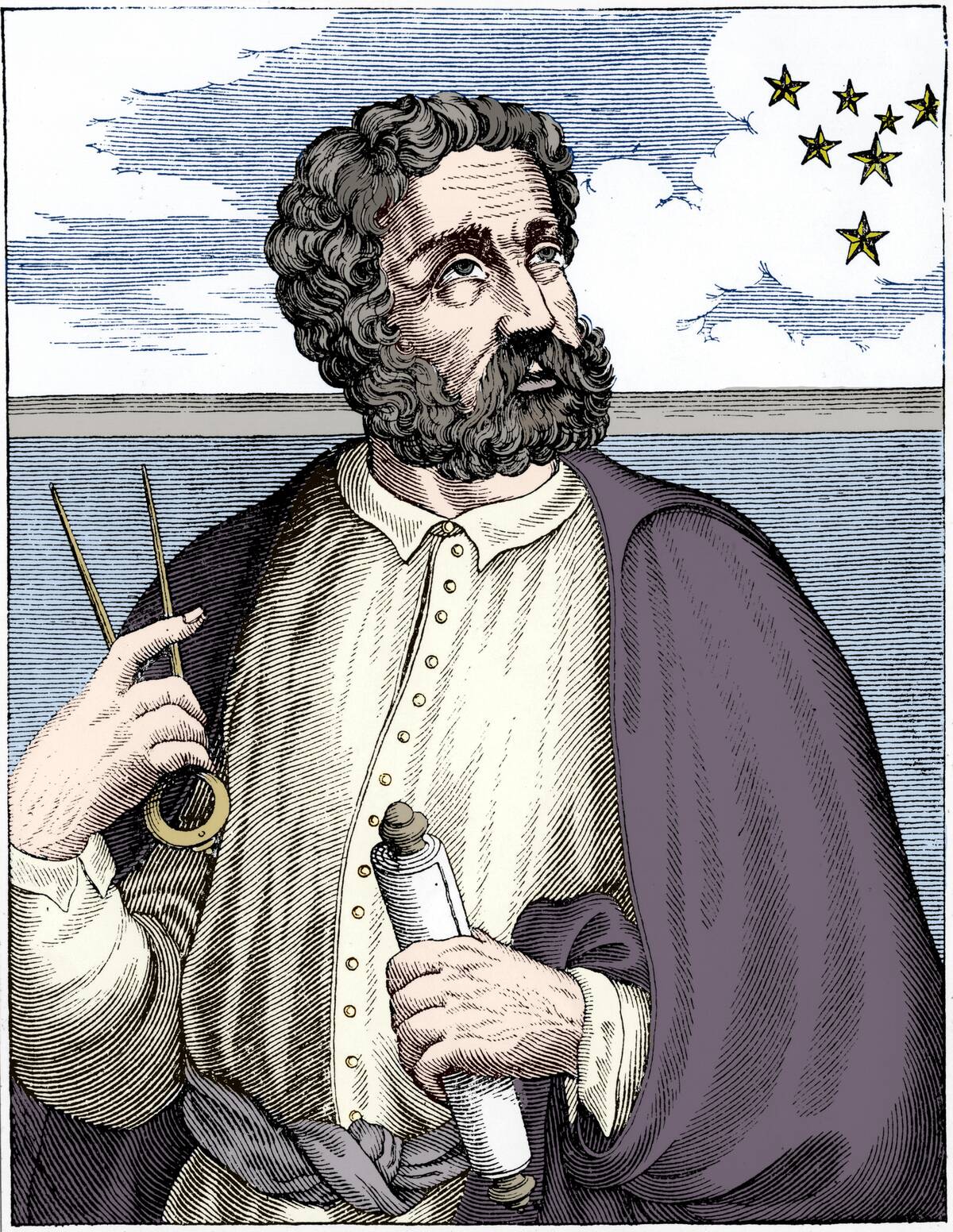
Ferdinand Magellan’s expedition is often hailed as the first successful circumnavigation of the globe, but it was fraught with peril. Setting sail in 1519, Magellan’s fleet faced mutiny, unfamiliar seas, and fierce storms.
Tragically, Magellan himself never completed the journey, falling in battle in the Philippines, yet his crew continued and returned to Spain in 1522.
Shackleton’s Antarctic Adventure: The Endurance Expedition

Ernest Shackleton’s Endurance Expedition of 1914-1917 is a legendary tale of survival against all odds. When their ship became trapped and eventually crushed by pack ice, Shackleton and his crew were stranded on the Antarctic ice.
Displaying remarkable leadership, Shackleton led a daring open-boat journey to safety, ensuring that every crew member survived the ordeal without loss of life—a testament to human resilience.
The Ill-Fated Donner Party Expedition
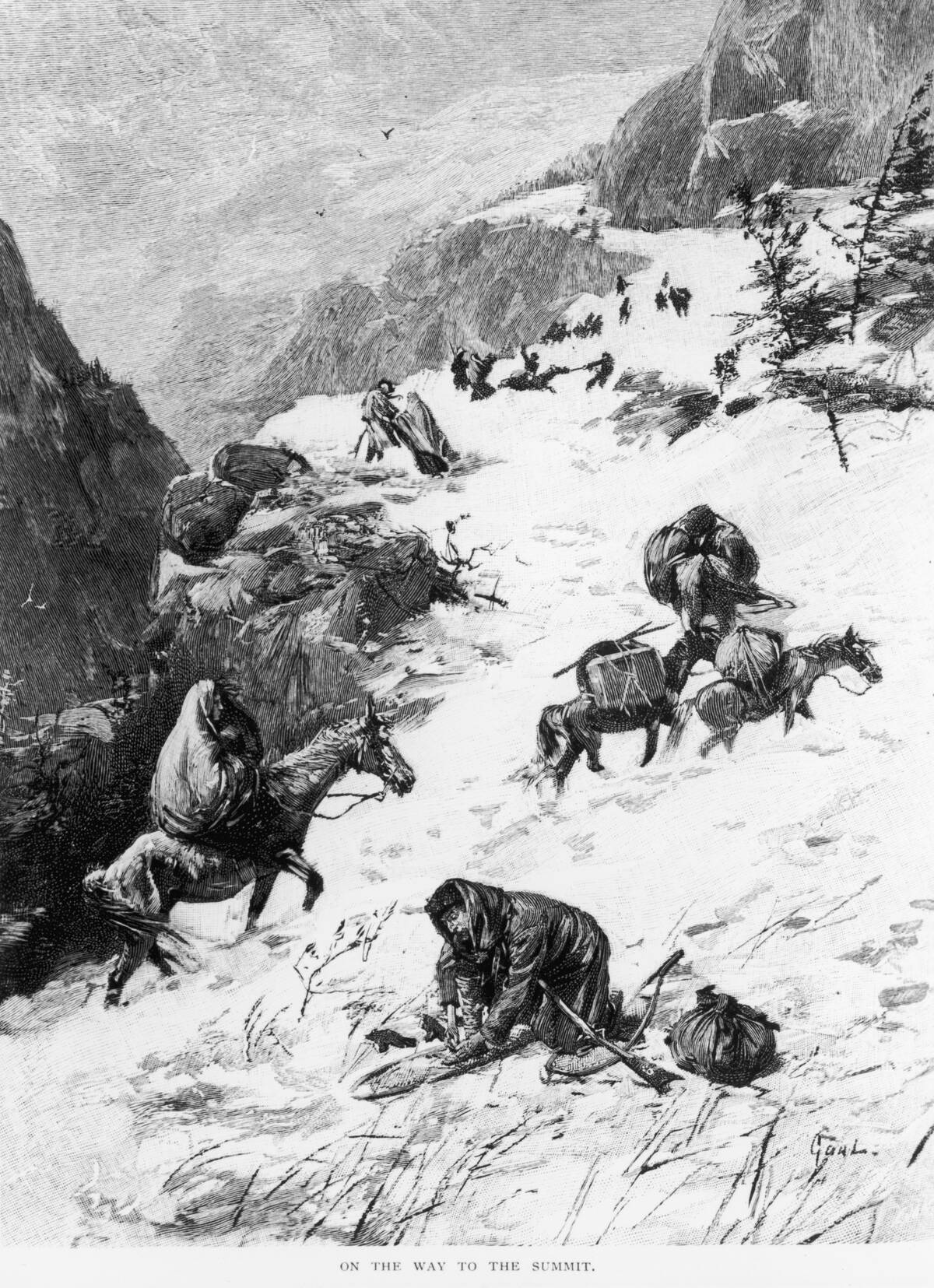
The Donner Party’s journey westward in 1846 is a somber reminder of the hazards faced by pioneers. Stranded by early snow in the Sierra Nevada, the group faced starvation and extreme conditions.
Of the 87 members, only 48 survived, resorting to cannibalism to stay alive. This tragic tale highlights the unpredictable nature of early American frontier life and the dire consequences of poor planning.
The Grueling Lewis and Clark Expedition
![[redacted] Guiding the Lewis And Clark Expedition by Alfred Russell](https://media.tellmebest.com/wp-content/uploads/2023/08/sacajawea-guiding-the-lewis-and-clark-expedition-by-alfred-russell-17252.jpeg)
Commissioned by President Jefferson, the Lewis and Clark Expedition of 1804-1806 charted the newly acquired Louisiana Territory. The journey was fraught with challenges, including treacherous terrain, harsh weather, and the need for diplomacy with Native American tribes.
Despite these obstacles, the expedition successfully mapped vast areas and established an American presence, paving the way for westward expansion.
Roald Amundsen’s Race to the South Pole
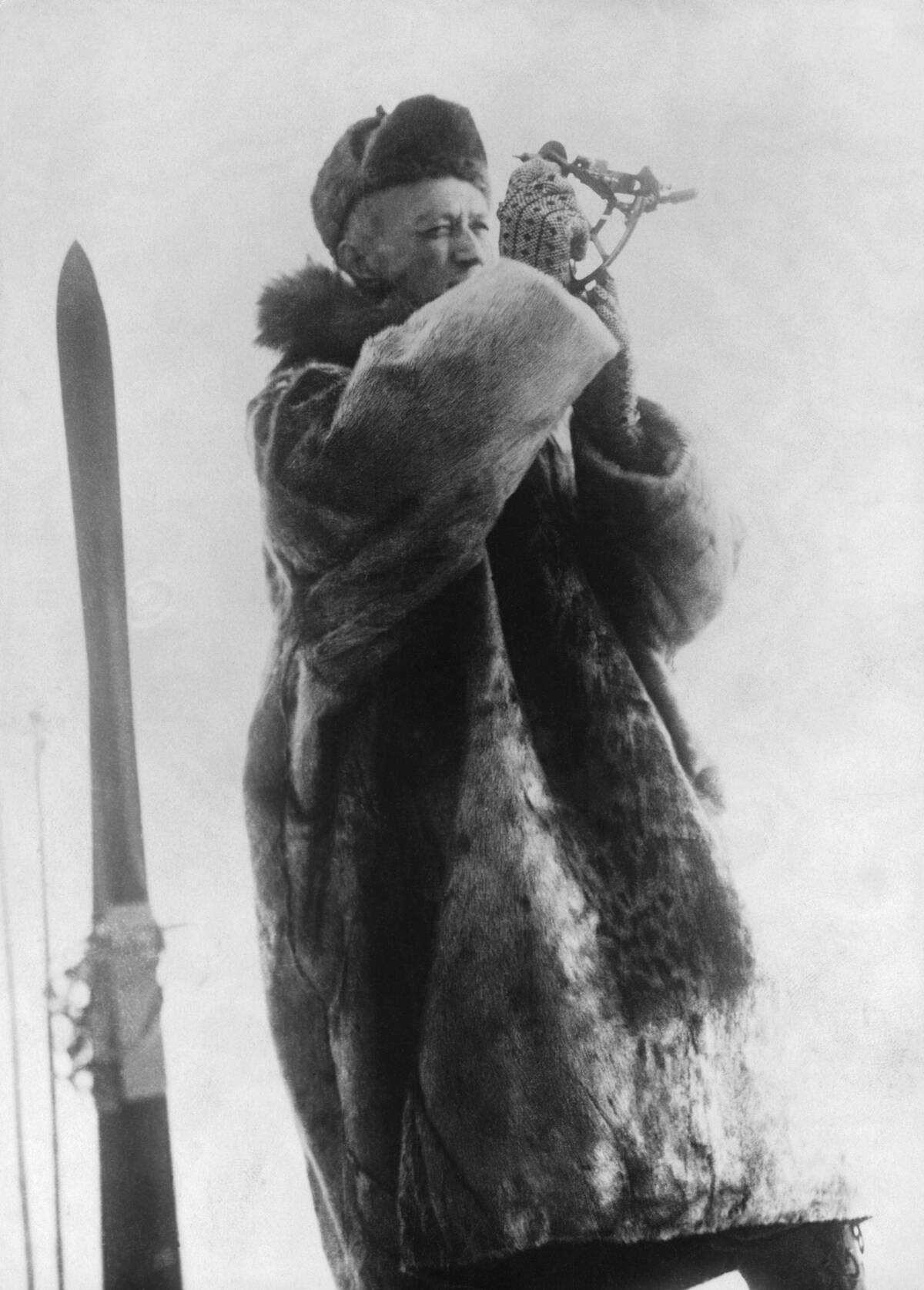
In December 1911, Roald Amundsen became the first person to reach the South Pole, outpacing his British rival, Robert Falcon Scott. Amundsen’s meticulous planning and use of sled dogs were key to his success.
The harsh Antarctic conditions tested the limits of human endurance, but Amundsen’s team returned safely, marking a monumental achievement in polar exploration.
Christopher Columbus and the Perilous Journey to the New World
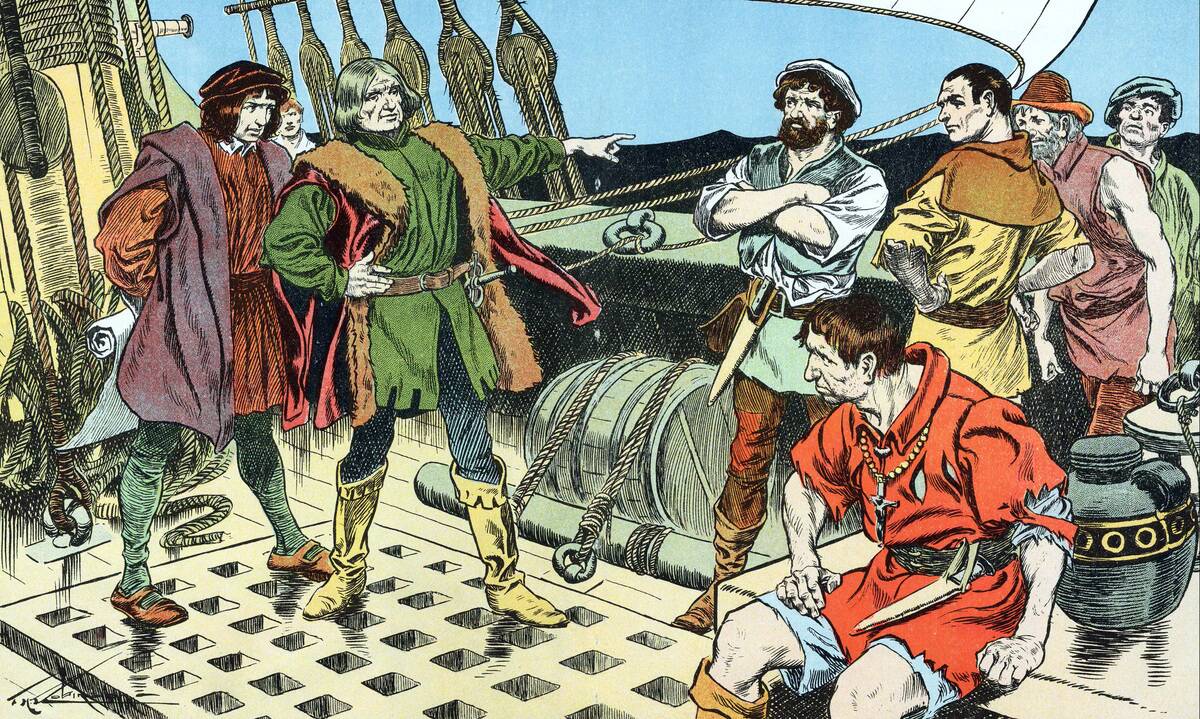
Christopher Columbus set sail in 1492, aiming to find a new route to Asia. Instead, he stumbled upon the Americas, forever changing the course of history.
His journeys were marked by treacherous seas, limited navigation tools, and strained relations with indigenous peoples and his own crew. Despite these challenges, Columbus’s voyages opened the door to European exploration and colonization of the New World.
The Tragic Franklin Expedition in Search of the Northwest Passage
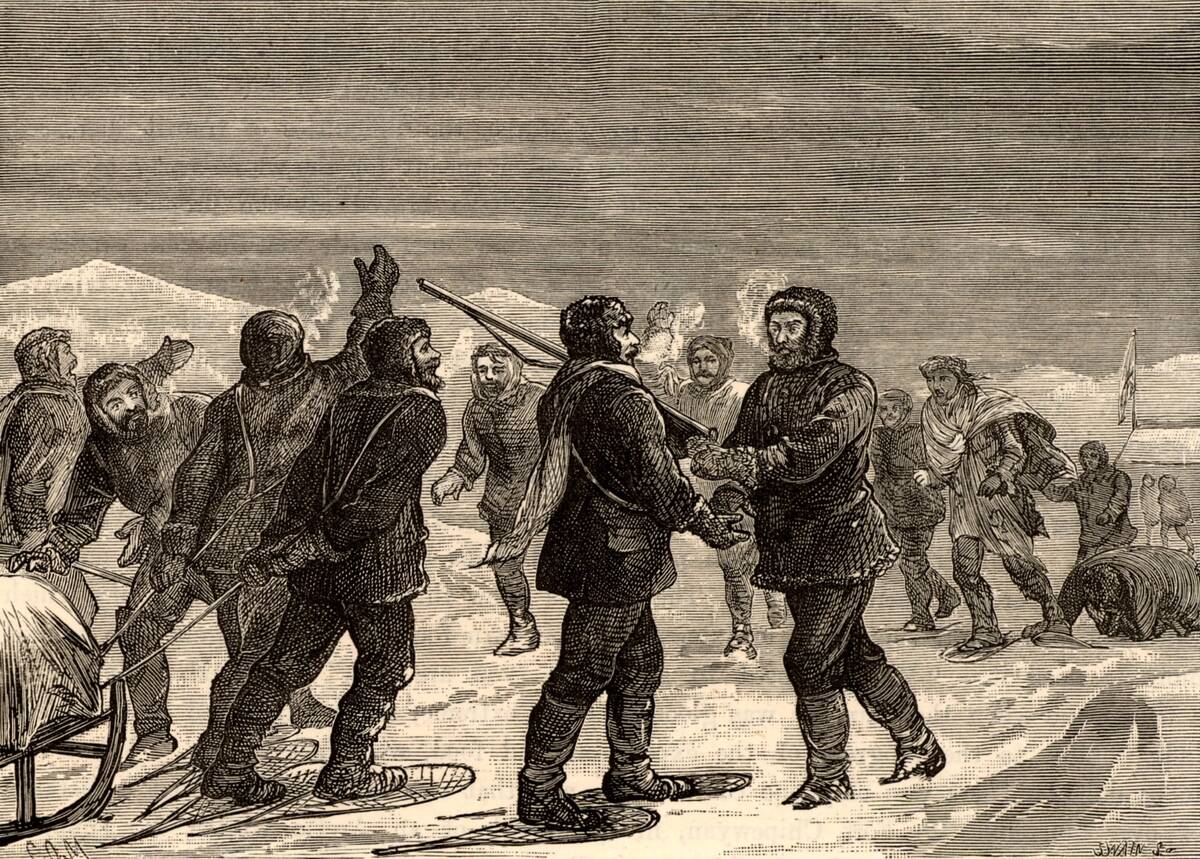
The Franklin Expedition of 1845 sought the elusive Northwest Passage but ended in tragedy. Sir John Franklin and his crew of 129 men vanished, leaving behind a haunting mystery.
Recent discoveries have shed light on their fate, revealing that the ships became icebound, and the crew succumbed to harsh conditions, starvation, and possibly lead poisoning. Their story remains a poignant reminder of the perils of Arctic exploration.
Vasco da Gama’s Fearsome Journey Around the Cape of Good Hope
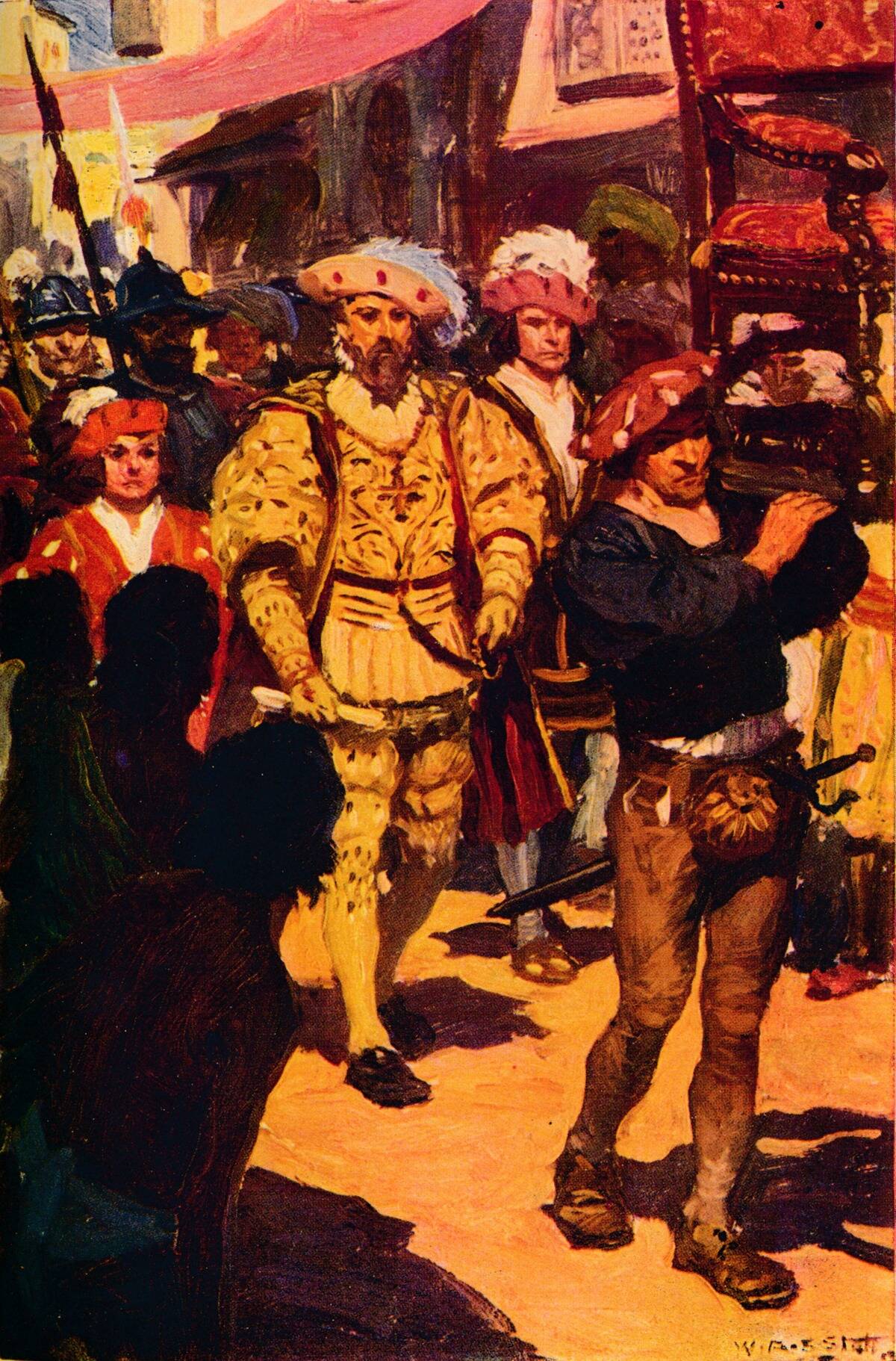
Vasco da Gama’s expedition in 1497-1499 marked the first successful sea voyage from Europe to India. Navigating around the Cape of Good Hope, da Gama faced turbulent seas, scurvy, and unfamiliar lands.
Despite losing half his ships and many crew members to disease, his journey opened the sea route to the Indian Ocean, establishing a new era of global trade and European maritime dominance.
The Harrowing Ascent of Mount Everest by George Mallory

In the early 1920s, George Mallory led British expeditions aiming to conquer Mount Everest. The mountain’s treacherous conditions and unpredictable weather posed significant challenges.
Mallory famously disappeared in 1924, sparking a long-standing mystery about whether he reached the summit. His body was discovered in 1999, but whether he achieved his goal remains unknown, leaving behind a legacy of determination and ambition.
The Daring Kon-Tiki Expedition Across the Pacific
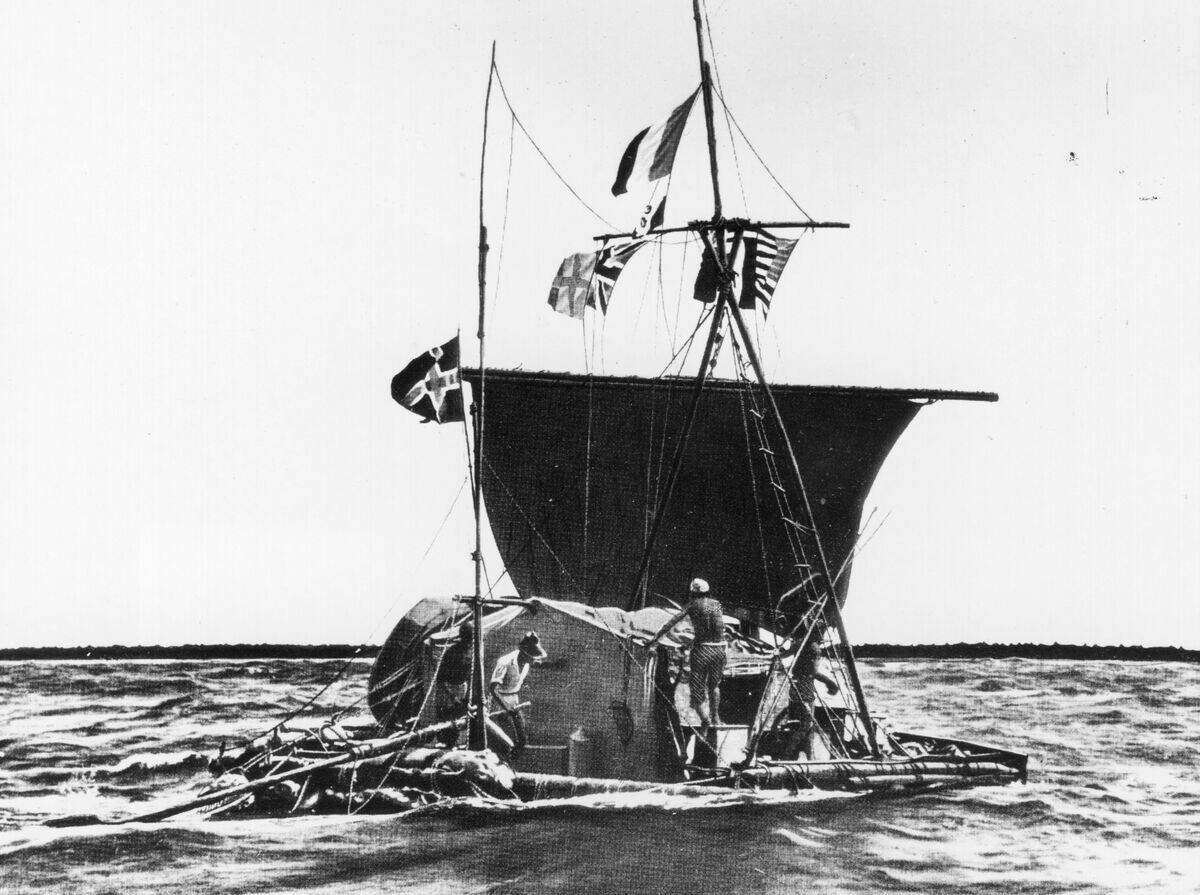
In 1947, Thor Heyerdahl embarked on the Kon-Tiki expedition to prove that ancient people could have crossed oceans. Constructed from balsa wood, the raft sailed over 4,300 miles from Peru to Polynesia.
Despite facing storms, sharks, and uncertainty, the journey was a success, challenging conventional views on early human migration and showcasing the power of human ingenuity and perseverance. Although the premise that inspired the voyage was pseudoscientific in many ways and not accepted in anthropology, the voyage itself was nonetheless impressive.
The Death-Defying Flight of Amelia Earhart
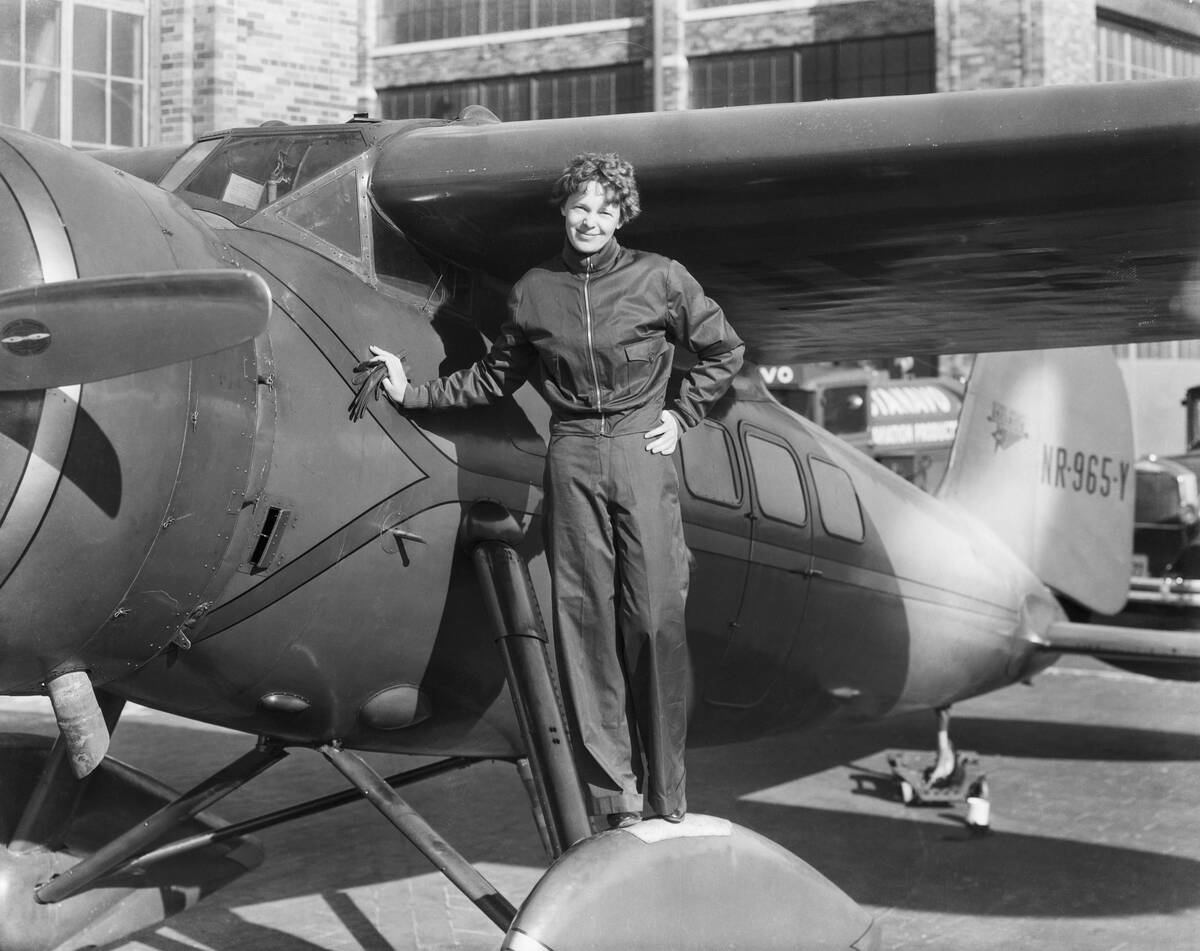
Amelia Earhart’s attempt to circumnavigate the globe in 1937 captivated the world. As a pioneering aviator, Earhart had already set numerous records, but this journey was her most ambitious.
Tragically, she disappeared over the Pacific Ocean, sparking one of aviation’s greatest mysteries. Despite exhaustive searches, no trace was found, leaving behind a legacy of courage and the enduring allure of her mysterious fate.
The Perilous Apollo 13 Mission to the Moon
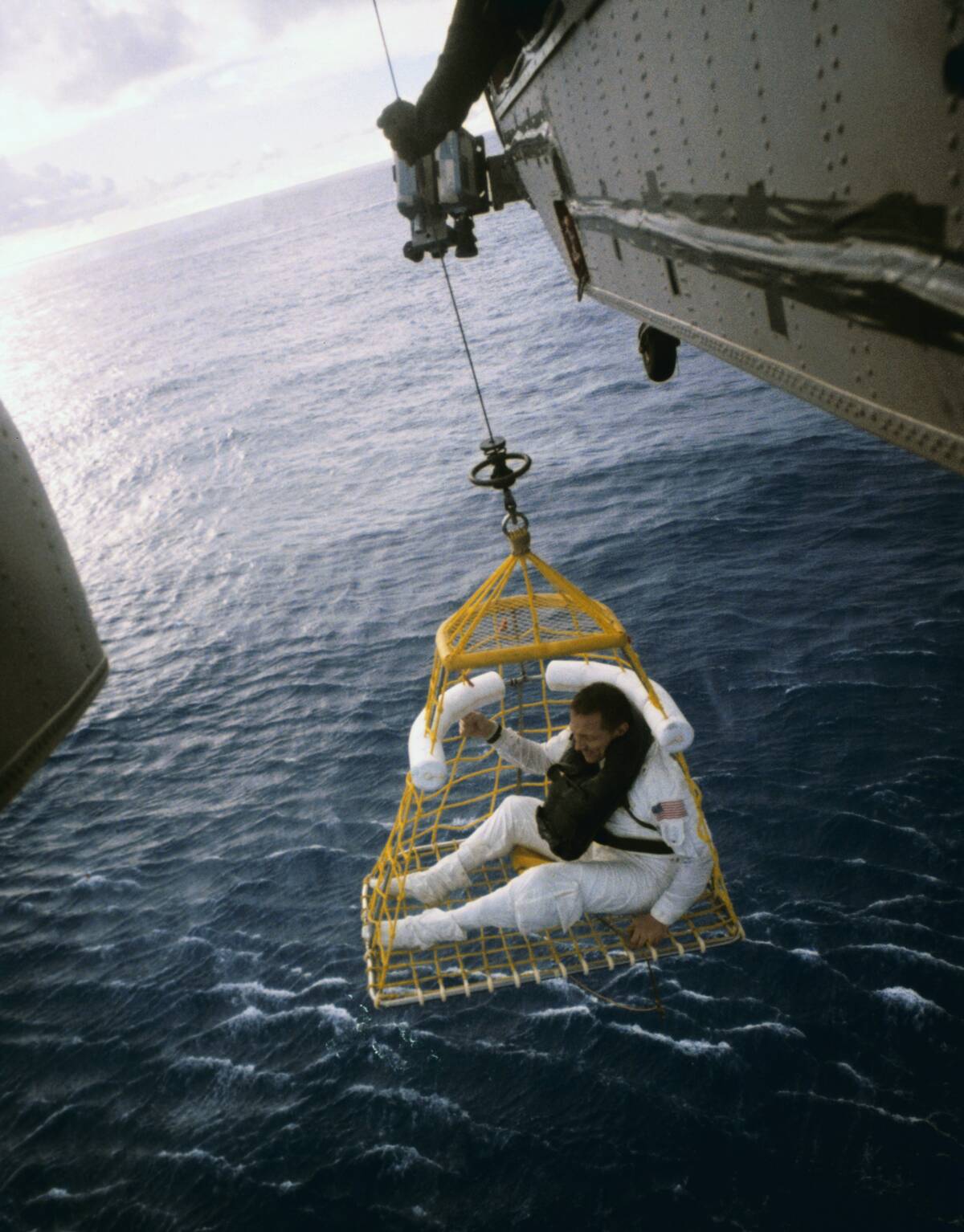
The Apollo 13 mission of 1970 was meant to be NASA’s third moon landing, but an oxygen tank explosion turned it into a survival story.
The crew’s quick thinking and ingenuity, along with ground control’s support, ensured their safe return, despite limited power and rising CO2 levels. This “successful failure” demonstrated the resilience and teamwork that are hallmarks of space exploration.
The Tumultuous Journey of Marco Polo to the East
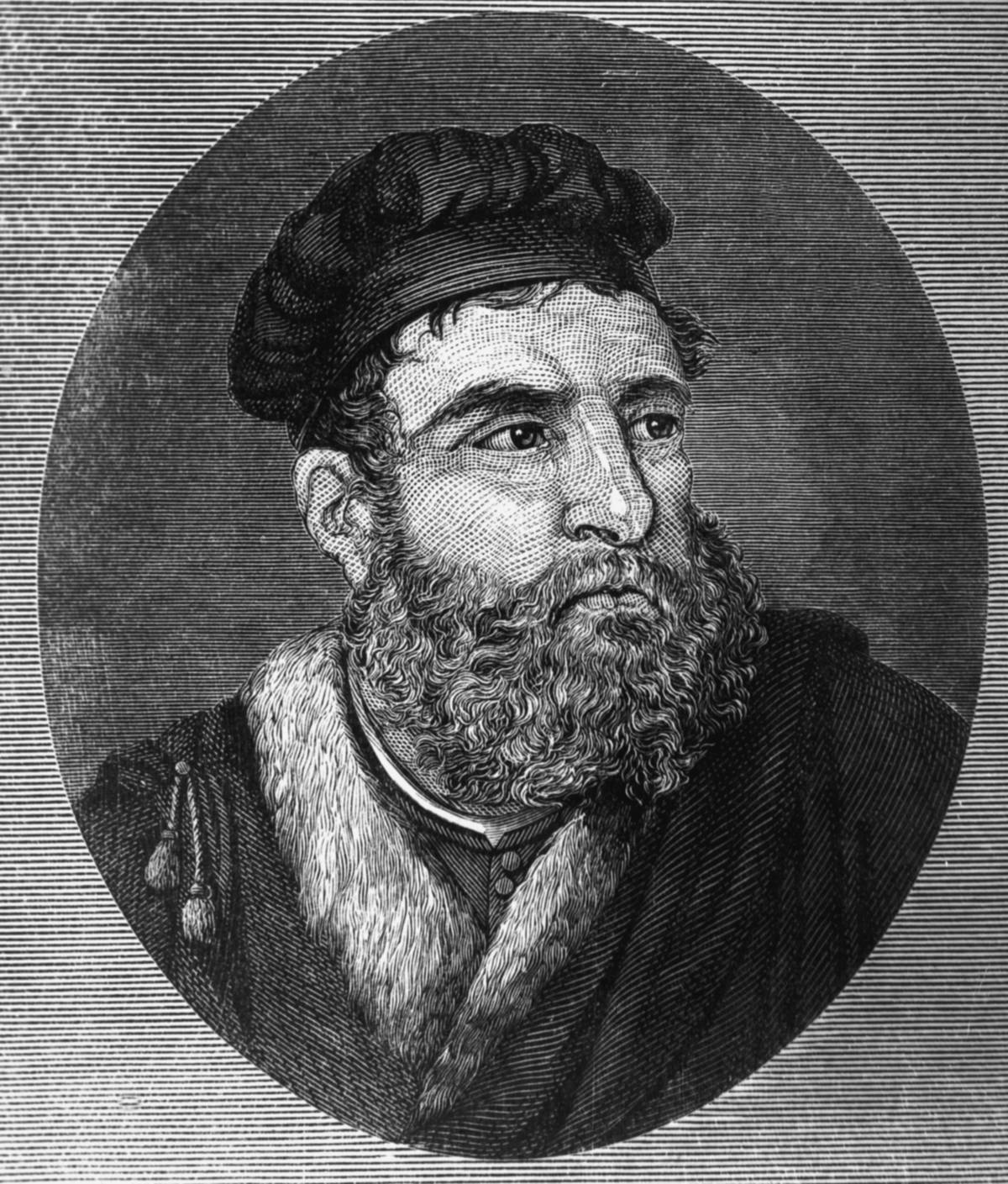
Marco Polo’s travels to the East in the late 13th century opened Europe’s eyes to the wonders of Asia. His journey overland along the Silk Road was filled with challenges, from harsh deserts to political intrigue.
Polo’s detailed accounts of his 24-year adventure introduced Europeans to the wealth and sophistication of China, sparking interest in Asian cultures and trade for centuries to come.
Thor Heyerdahl’s Ra Expedition Across the Atlantic
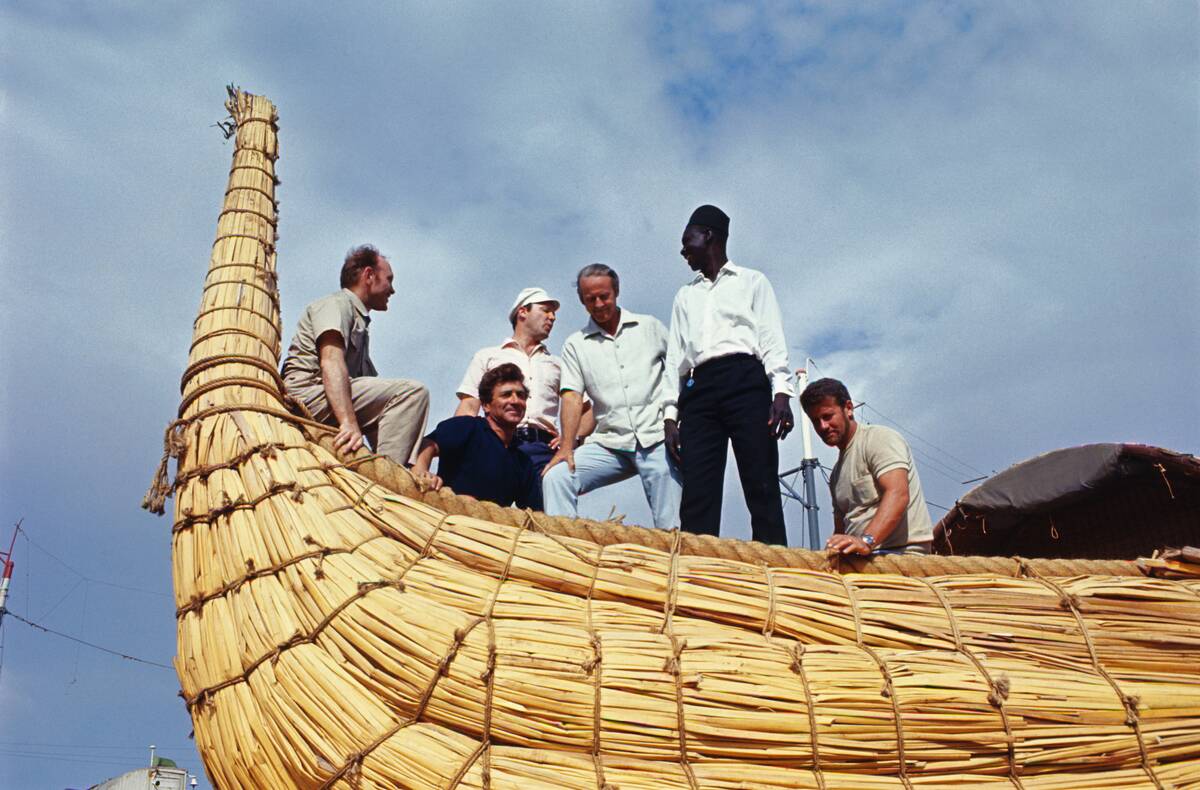
In 1969, Thor Heyerdahl embarked on the Ra expedition to demonstrate that ancient Egyptians could have crossed the Atlantic. Constructed with papyrus reeds, the Ra faced storms and structural challenges.
Although the first attempt failed, Ra II succeeded in reaching Barbados.
The Dangerous Climb of K2 by the 1953 American Expedition
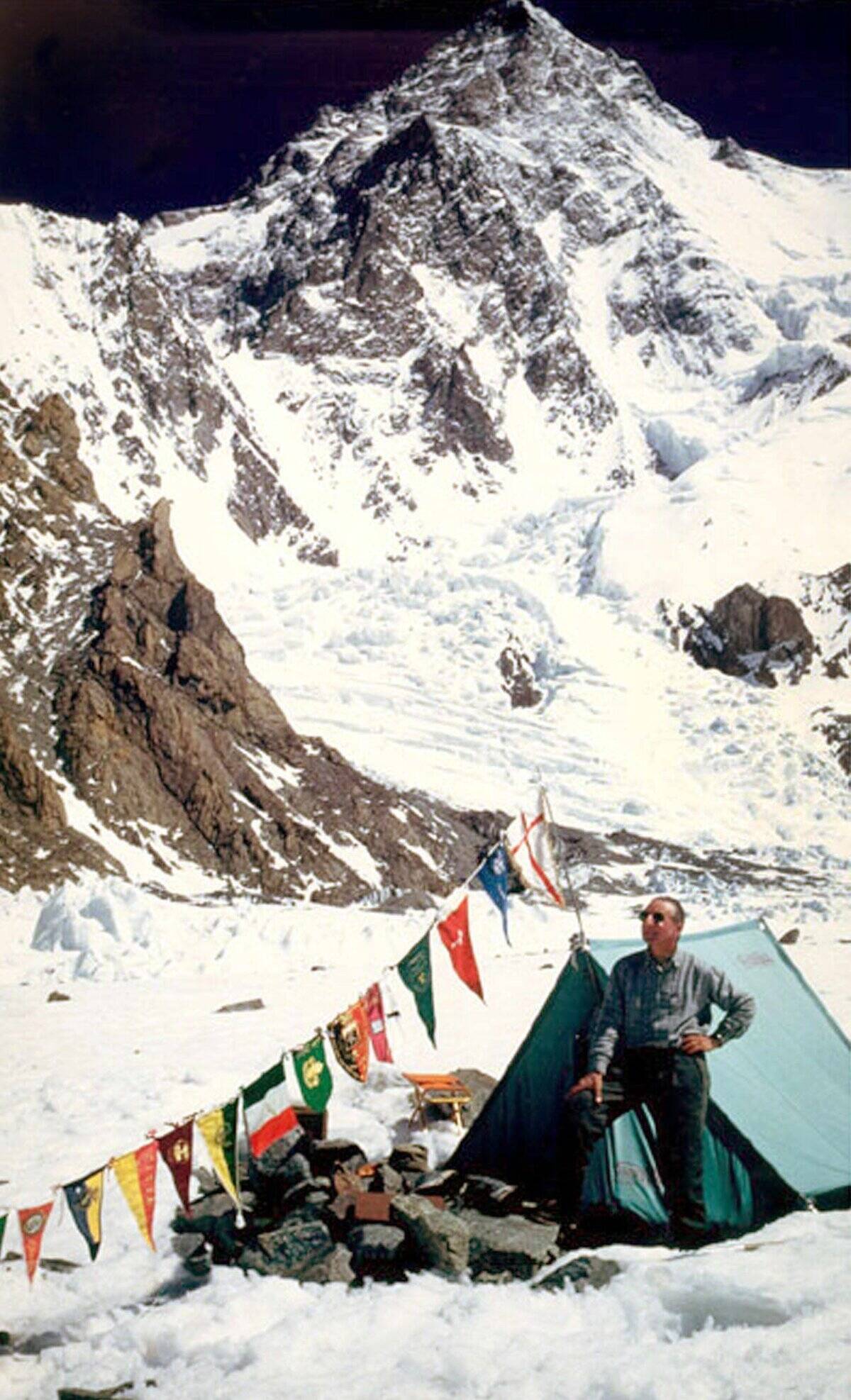
K2, the world’s second-highest peak, is renowned for its deadly climbing conditions. The 1953 American expedition faced avalanches, extreme cold, and daunting technical challenges.
Despite their immense efforts, they did not reach the summit, but their attempts paved the way for future climbers. This expedition underscored the formidable nature of K2 and the relentless pursuit of mountaineering achievement.



